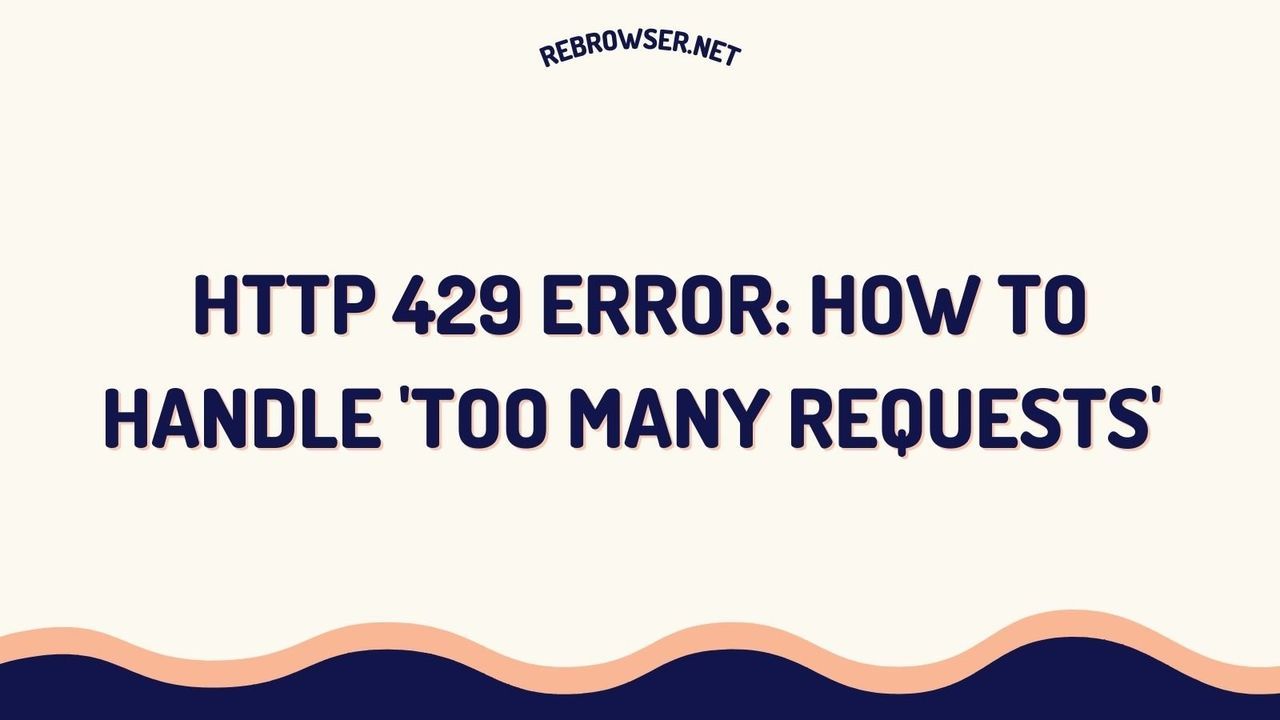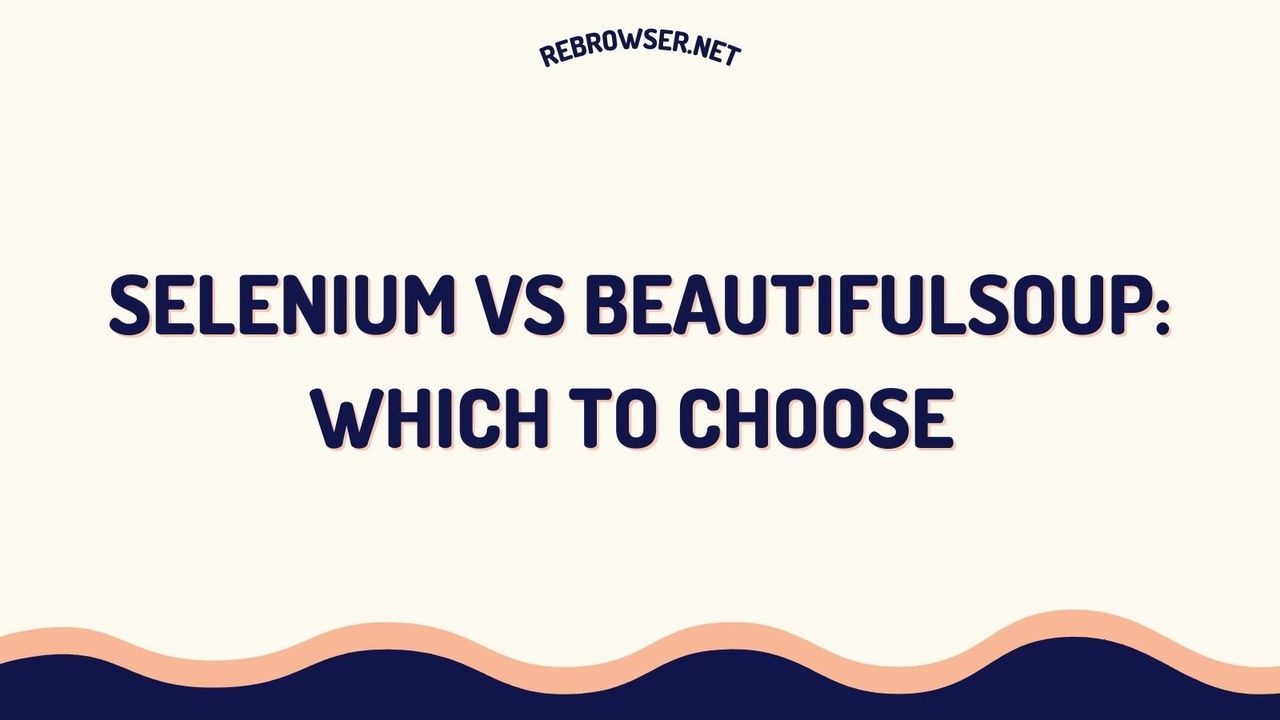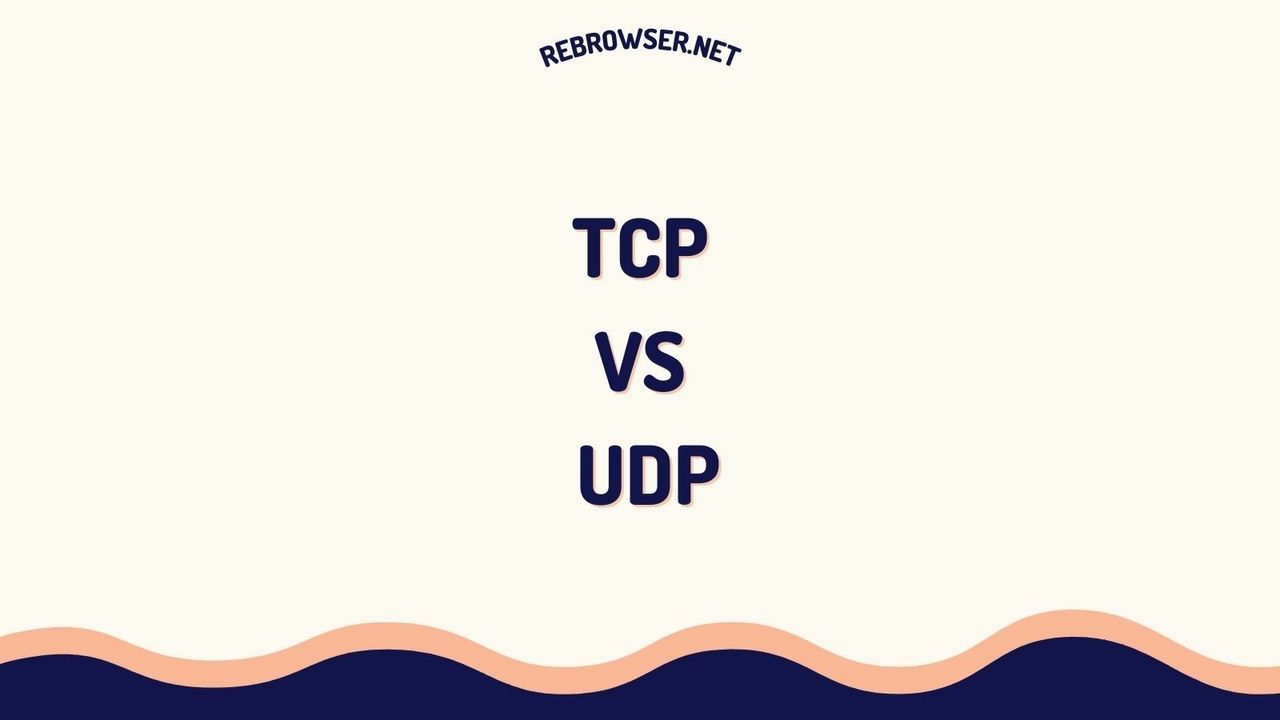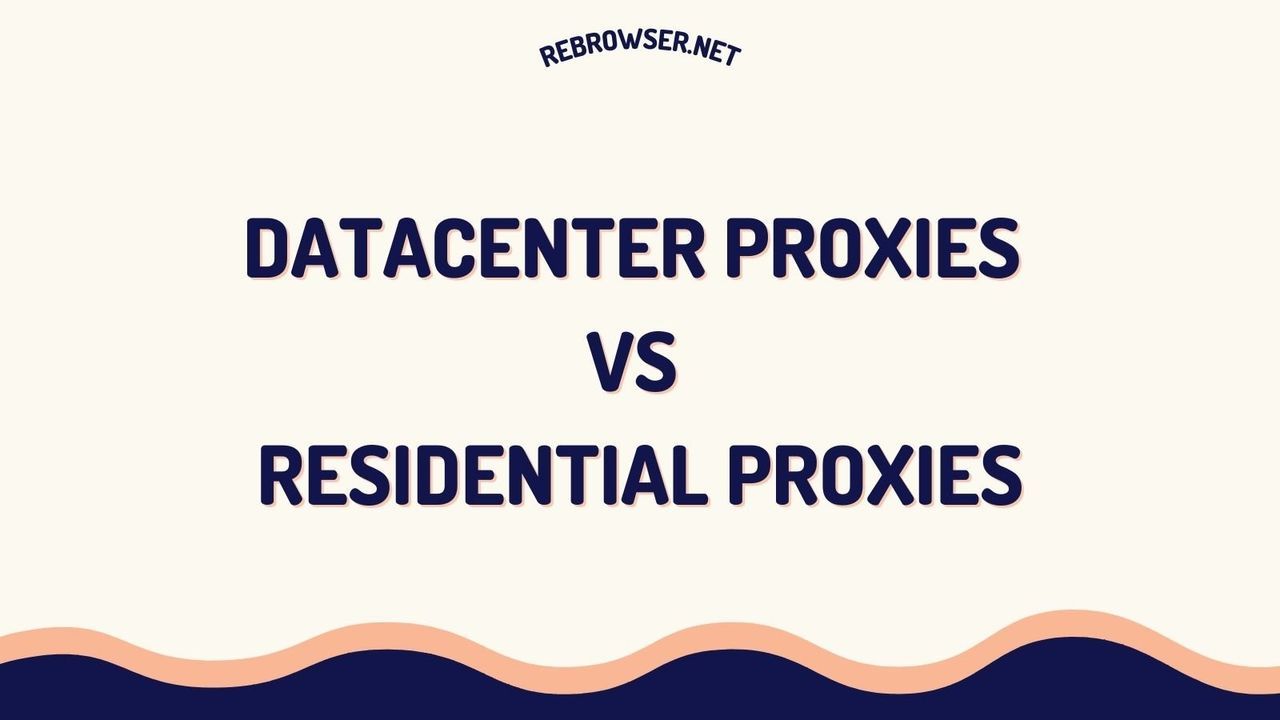Web Scraping with R in 2025: Practical Techniques and Best Practices
Key Takeaways
- R offers powerful web scraping capabilities through libraries like rvest and RSelenium, with rvest being ideal for static content and RSelenium for JavaScript-heavy sites
- Understanding HTML structure and DOM manipulation is crucial for effective web scraping - we'll cover both basic and advanced techniques
- Modern web scraping requires handling rate limiting, authentication, and dynamic content - we'll explore battle-tested solutions
- Performance optimization and ethical scraping practices are essential for production-grade scrapers
- Scale your scraping operations using parallel processing and proper error handling
Introduction
Web scraping has evolved significantly in recent years, becoming an essential tool for data scientists and analysts. Whether you're collecting market research data, monitoring competitors, or building a dataset for machine learning, R provides robust libraries and frameworks for efficient web scraping. This guide combines practical experience with modern best practices to help you build reliable scrapers that can handle both simple and complex data extraction tasks.
As data collection needs grow more sophisticated, choosing the right tools and approaches becomes crucial. R's ecosystem offers powerful libraries like rvest and RSelenium that can handle everything from basic HTML parsing to complex JavaScript-rendered content. The ecosystem has matured significantly, with specialized packages for handling common challenges like rate limiting, proxy management, and ethical scraping practices. These tools make R an excellent choice for both beginners and experienced developers looking to build robust scraping solutions.
However, successful web scraping involves more than just writing code. You need to understand the structure of web pages, handle different types of content, manage errors gracefully, and respect website terms of service. Modern websites employ various technologies and protection measures that require different approaches - from simple static HTML parsing to handling dynamic JavaScript content and dealing with anti-bot measures. This guide will walk you through these challenges and provide practical solutions for each scenario.
Prerequisites
Setting Up Your Environment
Before diving into web scraping, ensure you have the following installed:
- R 4.0+ (latest stable version recommended)
- RStudio or your preferred R IDE
- Required packages:
install.packages(c("rvest", "httr", "xml2", "RSelenium", "tidyverse"))
Understanding Web Scraping Fundamentals
HTML Basics for Scraping
Effective web scraping requires understanding HTML structure and how to navigate the Document Object Model (DOM). Here's a simple example of an HTML structure you might encounter:
<div class="product">
<h2 class="title">Product Name</h2>
<span class="price">$99.99</span>
<div class="description">Product details...</div>
</div>
CSS Selectors vs XPath
R's scraping libraries support both CSS selectors and XPath for locating elements. Here's a comparison:
| Selector Type | Example | Use Case |
|---|---|---|
| CSS | .product .title |
Simple hierarchical selection |
| XPath | //div[@class='product']//h2 |
Complex conditional selection |
Web Scraping with rvest

rvest is the go-to library for most R web scraping tasks. Here's a complete example of scraping product information:
library(rvest)
library(dplyr)
# Read the webpage
page <- read_html("https://example.com/products")
# Extract product information
products <- page %>%
html_nodes(".product") %>%
map_df(function(node) {
list(
title = node %>% html_node(".title") %>% html_text(),
price = node %>% html_node(".price") %>% html_text(),
description = node %>% html_node(".description") %>% html_text()
)
})
Handling Dynamic Content with RSelenium
Modern websites often load content dynamically using JavaScript. RSelenium helps us handle such cases:
library(RSelenium)
# Start the Selenium server
driver <- rsDriver(browser = "chrome", port = 4455L)
remote_driver <- driver[["client"]]
# Navigate to the page
remote_driver$navigate("https://example.com/dynamic-content")
# Wait for dynamic content to load
Sys.sleep(2)
# Extract content
content <- remote_driver$getPageSource()[[1]]
parsed_content <- read_html(content)
Advanced Techniques
Parallel Scraping
For large-scale scraping, parallel processing can significantly improve performance:
library(parallel)
library(foreach)
library(doParallel)
# Setup parallel processing
cores <- detectCores() - 1
cl <- makeCluster(cores)
registerDoParallel(cl)
# Parallel scraping
results <- foreach(url = urls, .packages = c("rvest")) %dopar% {
page <- read_html(url)
# Extract data
data <- page %>% html_nodes(".target") %>% html_text()
data
}
stopCluster(cl)
Rate Limiting and Ethical Scraping
Implement proper rate limiting to avoid overwhelming servers:
library(ratelimitr) # Create rate-limited function rate_limited_scrape <- limit_rate( read_html, rate(n = 1, period = 2) # 1 request per 2 seconds ) # Use the rate-limited function pages <- urls %>% map(rate_limited_scrape)
Best Practices and Common Pitfalls
When building production-grade web scrapers with R, following established best practices can save you from common issues and ensure your scraper remains reliable over time:
Error Handling
Robust error handling is crucial for production scrapers. Common issues to handle include:
- Network Failures: Implement retry logic with exponential backoff for temporary network issues
- Parsing Errors: Handle malformed HTML gracefully and log problematic content for review
- Rate Limiting: Detect and respect rate limit responses, implementing appropriate waiting periods
- Memory Management: Process data in chunks to avoid memory overflow with large datasets
Performance Optimization
Optimize your scraper's performance and reliability with these techniques:
- Connection Pooling: Reuse HTTP connections to reduce overhead
- Caching Strategy: Implement intelligent caching for frequently accessed data
- Concurrent Requests: Use parallel processing carefully to balance speed and server load
- Response Compression: Enable GZIP compression to reduce bandwidth usage
Ethical Considerations
Maintain good scraping etiquette to ensure sustainable data collection:
- Respect robots.txt: Always check and follow website scraping policies
- User Agents: Set appropriate user agents to identify your scraper properly
- Rate Limiting: Implement self-imposed rate limits even when not required
- Data Usage: Follow terms of service regarding data storage and usage
Real-World Example: Building a Product Monitor
Let's create a practical example of monitoring product prices across multiple e-commerce sites:
library(rvest)
library(tidyverse)
library(httr)
monitor_products <- function(urls) {
results <- map_df(urls, function(url) {
# Add delay between requests
Sys.sleep(runif(1, 1, 3))
tryCatch({
page <- read_html(url)
list(
url = url,
title = page %>% html_node("h1") %>% html_text(),
price = page %>% html_node(".price") %>% html_text(),
timestamp = Sys.time()
)
}, error = function(e) {
list(
url = url,
error = as.character(e),
timestamp = Sys.time()
)
})
})
return(results)
}
Scaling Your Scraping Operations
As your scraping needs grow, you'll need to consider how to scale your operations effectively. Here are key considerations for scaling R-based web scrapers:
Infrastructure Considerations
- Distributed Processing: Use cluster computing for large-scale scraping operations
- Database Integration: Implement proper storage solutions for collected data
- Monitoring Systems: Set up alerts and monitoring for scraper health
- Recovery Mechanisms: Implement checkpointing and resume capabilities
A robust scaling strategy should also include proper data validation, deduplication, and cleaning processes to ensure the quality of your collected data remains high as volume increases.
Practitioner Insights
Technical discussions across various platforms reveal that R continues to be a robust choice for web scraping tasks, with developers successfully implementing hundreds of production scrapers for diverse use cases. The community particularly highlights two dominant libraries: rvest for straightforward static content extraction and RSelenium for handling dynamic, JavaScript-heavy pages.
Recent developer experiences suggest an evolution in tooling preferences. While RSelenium remains powerful and versatile, many developers are gravitating towards newer alternatives like rvest's read_html_live() function and the hayalbaz package for interactive scraping needs. These modern approaches often require less boilerplate code while maintaining strong integration with rvest's intuitive syntax. For static content scraping, the community consistently recommends starting with rvest due to its ease of debugging and straightforward implementation.
Real-world implementations have revealed interesting patterns in how teams use R for scraping. Use cases range from collecting zip code data and stock information to aggregating company details, with many organizations running automated hourly scraping jobs. The community emphasizes the importance of ethical scraping practices, with developers actively recommending the 'polite' package for responsible data collection and highlighting the necessity of checking robots.txt files. Some developers have also noted challenges with certain websites taking steps to prevent scraping, leading to discussions about proper rate limiting and user agent management.
While most developers report positive experiences with R's scraping ecosystem, there's an ongoing debate about language choice for web scraping tasks. Some practitioners advocate for Python's ecosystem, particularly for complex scraping scenarios, though many R developers counter that tools like rvest provide equally robust capabilities with better integration into R-based data analysis workflows. The consensus appears to be that library choice should align with your team's existing technical stack and data processing requirements.
Conclusion
Web scraping with R provides powerful tools for data collection and analysis. By combining rvest for static content, RSelenium for dynamic pages, and proper error handling and rate limiting, you can build robust and efficient web scrapers. The ecosystem continues to evolve, offering new tools and techniques for handling modern web scraping challenges.
Success in web scraping requires more than just technical knowledge - it demands a thoughtful approach to architecture, error handling, and ethical considerations. By following the best practices and techniques outlined in this guide, you can build reliable, scalable scrapers that respect website policies while effectively collecting the data you need. Remember to stay updated with the latest developments in the R scraping ecosystem and always follow ethical scraping practices.





